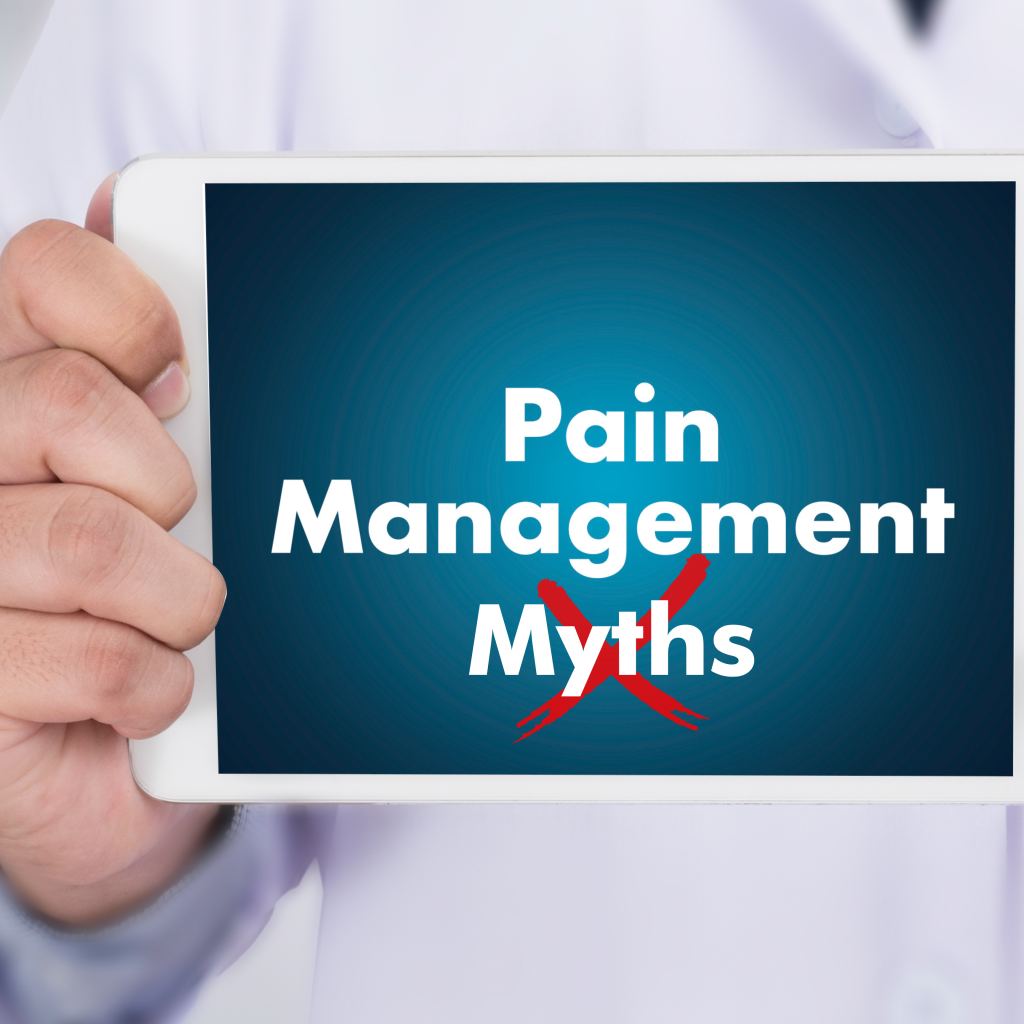The Essential Guide to Patient-Physician Etiquette: Building a Healthy Doctor-Patient Relationship
When it comes to healthcare, the relationship between a patient and their physician is of utmost importance. A strong doctor-patient relationship is built on trust, respect, and effective communication. Just like any other professional relationship, there are certain etiquettes that patients and physicians should follow to ensure a positive and productive interaction. In this blog, we will explore the essential guide to patient-physician etiquette, highlighting the key principles that can help foster a healthy doctor-patient relationship.
Be Respectful and Courteous
Respect and courtesy are fundamental in any interaction, and the patient-physician relationship is no exception. Patients should address their physicians using their proper titles, such as “Dr.” or “Professor,” and physicians should show the same level of respect towards their patients, addressing them by their preferred names or titles. Both parties should also be mindful of their tone and language when communicating, avoiding any disrespectful or derogatory remarks. Mutual respect is the foundation of a positive and trusting doctor-patient relationship.
Be Prepared and Provide Accurate Information
Patients should come prepared to their appointments with relevant information about their medical history, symptoms, and any medications or treatments they are currently taking. This helps the physician make an accurate diagnosis and provide appropriate medical care. Patients should also be honest and transparent when discussing their health concerns, lifestyle habits, and any other relevant information that may impact their treatment. On the other hand, physicians should actively listen to their patients, ask relevant questions, and provide clear explanations about the diagnosis, treatment options, and potential risks and benefits. Accurate and open communication is essential for effective healthcare decision-making.
Be Punctual and Respect Time
Time is precious, and it is important for both patients and physicians to respect each other’s time. Patients should arrive on time for their appointments and be mindful of the physician’s schedule. If there are any delays or changes in the appointment, patients should inform the clinic or hospital in advance. Similarly, physicians should strive to be punctual and respect their patients’ time by minimizing wait times and being efficient during appointments. If there are any unexpected delays, physicians should communicate them to their patients and apologize for any inconvenience caused. Respect for time shows consideration and professionalism from both parties.
Follow the Clinic/Hospital’s Policies
Every clinic or hospital has its own policies and procedures, and it is important for patients and physicians to adhere to them. Patients should familiarize themselves with the clinic or hospital’s policies regarding appointments, prescriptions, referrals, and other relevant procedures. Physicians should also follow the clinic or hospital’s protocols for documentation, billing, and other administrative tasks. This helps maintain a smooth and organized workflow and ensures that both patients and physicians are on the same page in terms of expectations and responsibilities.
Be Empathetic and Communicate with Compassion
Empathy and compassion are critical elements of patient-physician etiquette. Patients may be going through physical, emotional, or mental distress, and physicians should strive to understand and acknowledge their feelings and concerns. Physicians should communicate with compassion, using layman’s terms to explain medical jargon, and avoiding any condescending or dismissive attitudes. Patients, on the other hand, should also express their concerns and feelings openly and honestly, and ask questions to seek clarification or address any doubts. Compassionate communication helps build trust, reduces anxiety, and fosters a positive doctor-patient relationship.
In conclusion, patient-physician etiquette is essential for building a positive and effective relationship between patients and their healthcare providers. By practicing principles of respect, active listening, honesty, transparency, punctuality, professionalism, communication, and cultural sensitivity, patients and physicians can establish trust, foster effective communication, and work together towards optimal healthcare outcomes. Remember, the patient-physician relationship is a partnership, and both parties play a vital role in achieving the best possible healthcare outcomes. By working together with mutual respect and understanding, patients and physicians can navigate healthcare challenges with confidence and trust.









